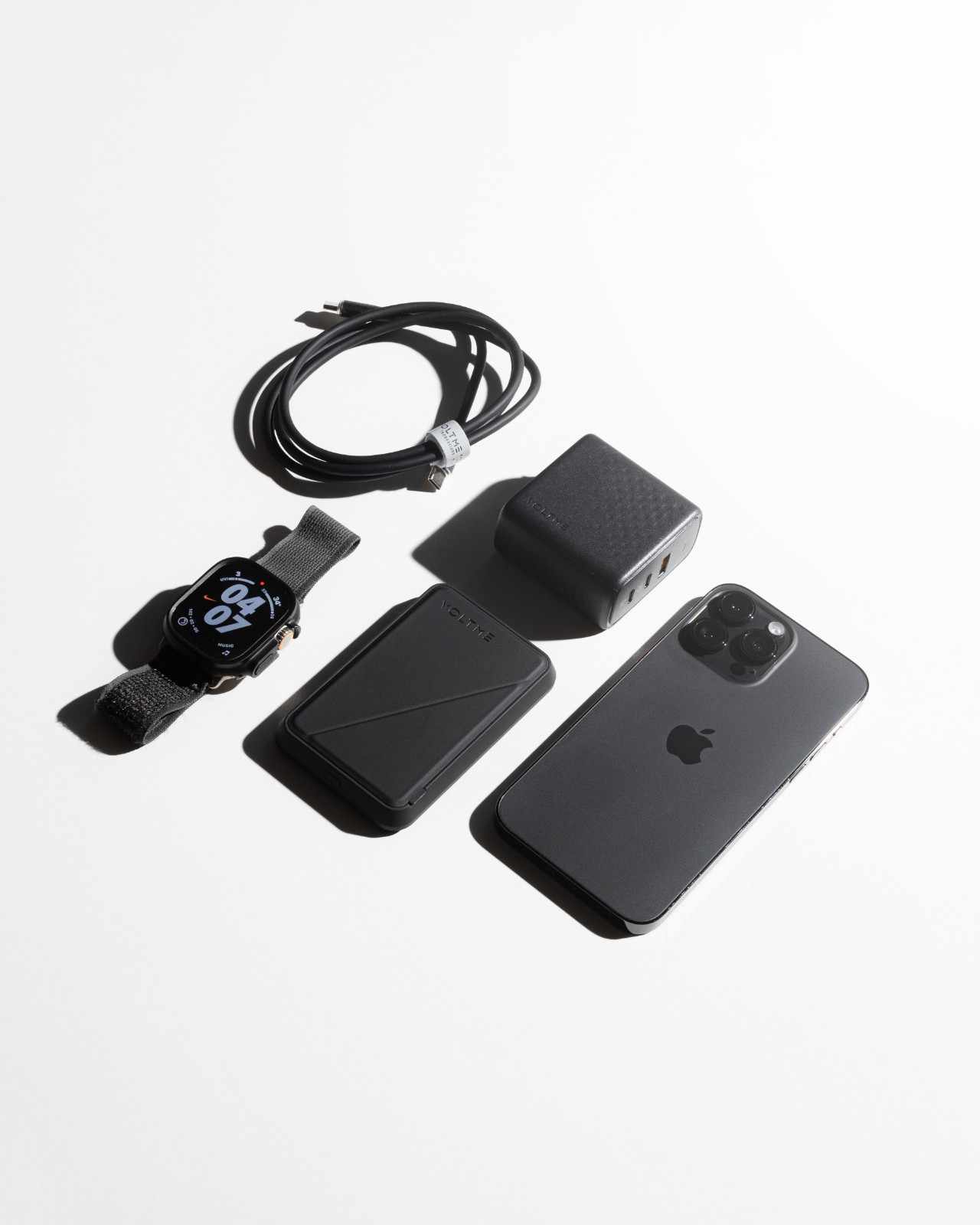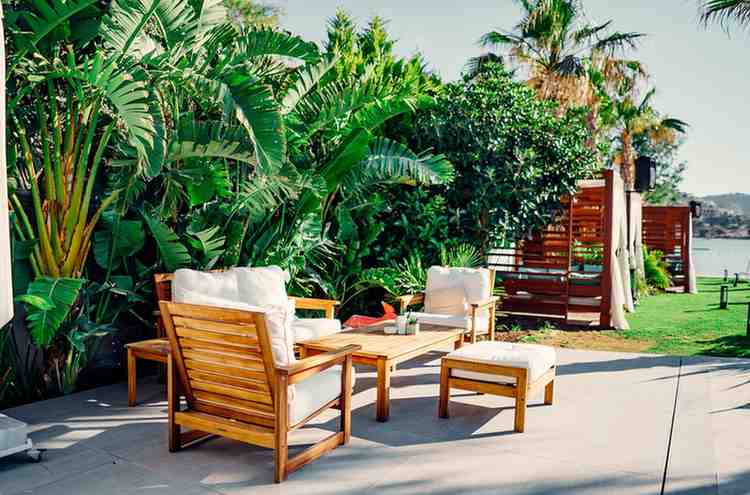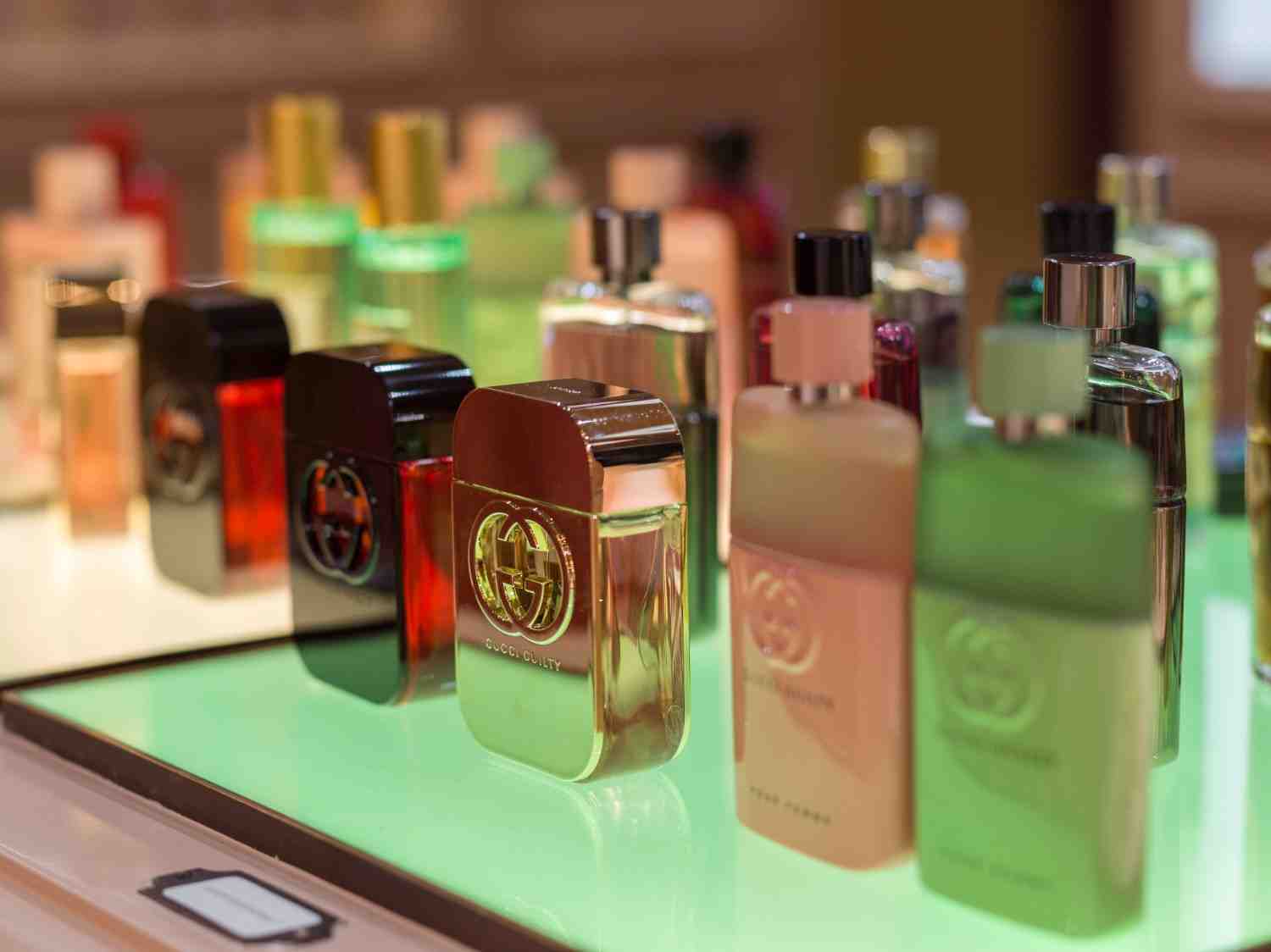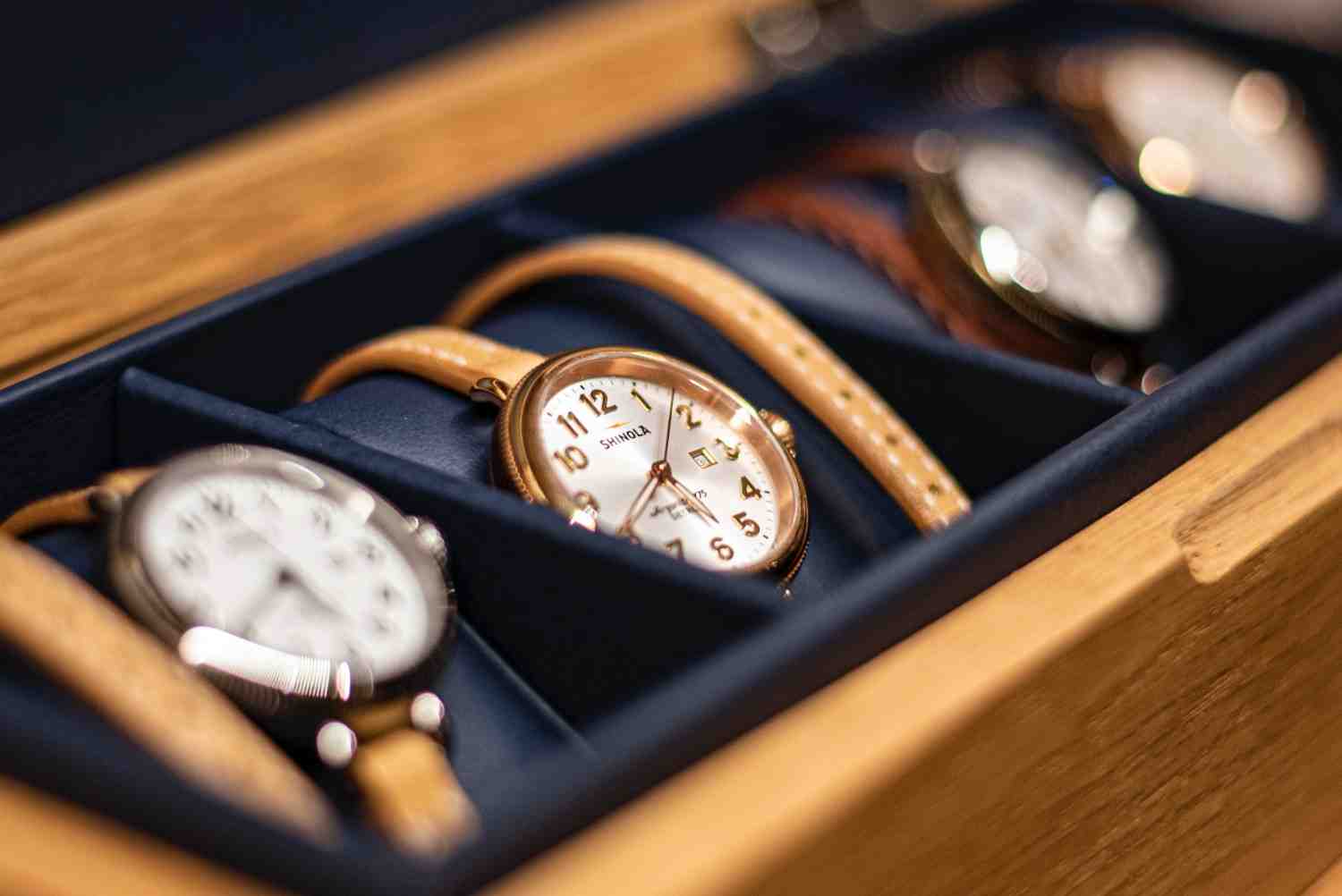In a world increasingly aware of environmental concerns, sustainable fashion has emerged as a crucial movement in the fashion industry. Building an eco-friendly wardrobe isn’t just a trend; it’s a conscious choice that benefits both the planet and your personal style. In this comprehensive guide, we will explore sustainable fashion choices, highlight eco-conscious brands, and provide valuable tips for building a wardrobe that aligns with your ethical and environmental values.
Understanding Sustainable Fashion
Sustainable fashion goes beyond just trendy clothing. It encompasses environmentally friendly and ethical practices throughout the entire fashion supply chain. Here’s a breakdown of key elements in sustainable fashion:
1. Eco-Friendly Materials: Look for clothing made from sustainable materials such as organic cotton, Tencel, hemp, and recycled fabrics. These materials require fewer resources and reduce the environmental impact.
2. Ethical Production: Sustainable fashion brands prioritize fair labor practices. They ensure safe working conditions and fair wages for garment workers.
3. Reduced Waste: Sustainable fashion discourages fast fashion’s disposable culture. Garments are designed to last longer, with durability in mind.
4. Minimal Chemical Use: Eco-conscious brands minimize the use of toxic chemicals in the production process, benefiting both the environment and consumer health.
5. Local and Artisanal Production: Supporting local artisans and small-scale production can reduce the carbon footprint associated with long-distance shipping.
Sustainable Fashion Choices
Now that you understand the core principles of sustainable fashion, let’s explore some practical choices you can make to build an eco-friendly wardrobe:
Second-Hand Shopping: Thrifting and vintage shopping reduce the demand for new production and extend the lifespan of clothing. Explore thrift stores, consignment shops, and online second-hand marketplaces.
Quality Over Quantity: Invest in high-quality pieces that are timeless and versatile. Quality garments tend to last longer, reducing the need for frequent replacements.
Capsule Wardrobe: Create a capsule wardrobe with a limited number of versatile pieces that can be mixed and matched. This minimizes clutter and encourages thoughtful purchasing.
Rent or Borrow: Consider renting formal or occasion wear instead of buying for one-time events. Borrow from friends or use clothing rental services.
Upcycling and DIY: Get creative by upcycling old clothing or personalizing garments to give them a fresh look. It’s a fun and sustainable way to refresh your wardrobe.
Eco-Friendly Brands
upporting sustainable fashion brands is a powerful way to contribute to the movement. Here are some notable eco-conscious brands:
Patagonia: Known for its commitment to the environment, Patagonia uses recycled materials and promotes ethical labor practices.
Eileen Fisher: This brand prioritizes sustainable materials and timeless designs, encouraging customers to buy less but choose well.
Veja: Veja is a pioneer in sustainable sneakers, using organic cotton and ethical manufacturing processes.
People Tree: A fair trade fashion pioneer, People Tree offers a range of stylish, ethical clothing and accessories.
Reformation: Reformation combines sustainability with fashion-forward designs and transparency in their supply chain.
Shopping Mindfully
Building an eco-friendly wardrobe involves conscious shopping. Here are some tips to help you make sustainable choices:
Research Brands: Investigate brands’ sustainability practices and values before making a purchase. Look for certifications like Fair Trade or Global Organic Textile Standard (GOTS).
Check Labels: Pay attention to fabric labels and choose materials like organic cotton, hemp, or Tencel.
Care for Your Clothes: Properly care for your garments by following washing and maintenance instructions. This extends their lifespan.
Support Local: Buy from local designers and artisans to reduce the carbon footprint associated with long-distance shipping.
Avoid Impulse Purchases: Take your time when shopping and consider whether an item truly fits your wardrobe and aligns with your values.
Conclusion: A Wardrobe for the Future
Building an eco-friendly wardrobe is not only a responsible choice but also a stylish one. Sustainable fashion offers a chance to express your individuality while making a positive impact on the planet and the fashion industry. By choosing eco-friendly materials, supporting ethical brands, and adopting mindful shopping habits, you can be a part of the sustainable fashion movement and help shape a more sustainable and fashionable future for all.








